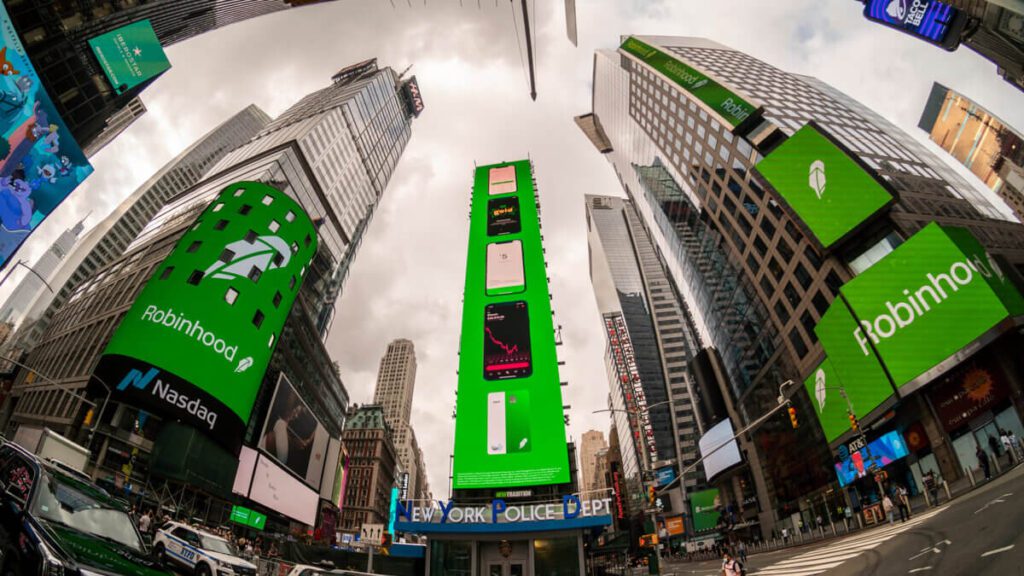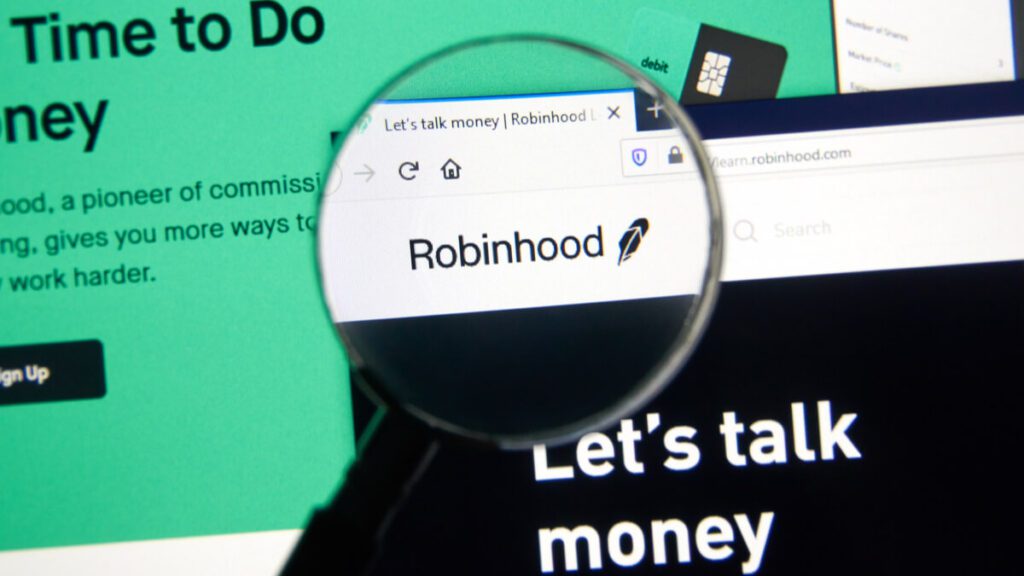
Popular investing company Robinhood Markets began trading on Thursday its initial public offering at $38 a share, followed by a 10 percent drop, and closing at $34.90. This came following an announcement on Saturday its plans to launch U.S. retirement accounts as an endeavor to raise its bidding.
The investing platform had aimed to raise an estimate of $2.3 billion, with an offer of 55 million shares assessed between $38 and $42, with an anticipated market value of $35 billion.
Despite Robinhood’s attempt to allocate up to 35 percent of its shares to retail, a modest 20 percent went to retail indicating less interest than expected, according to The New York Times.
In a bold move, the company gave its users the chance to employ their investments in its IPO shares, as an additional chance to engage in the platform’s stated mission: democratization of finance.
Providing users with individual retirement accounts (IRA) who have tax advantages of saving money for their retirement would give Robinhood the chance to expand its field.
According to the Investment Company Institute, Americans carried $12.6 trillion in IRA by the end of March, which will allow the online brokerage firm to tap into a vast market by offering tax benefits to those saving for retirement.
This initiative will execute the company’s vision of setting aside a third of its shares for customers. This will allow them to directly acquire shares through its platform, which is extremely unusual for IPOs since it reserves shares for institutional buyers.
Robinhood will allow users to indulge in commission-free trades on stocks, and cryptocurrencies, in an attempt to address and gain popularity amongst a younger audience.
“We are interested in building more account types, including IRAS and Roth IRAS, we’ve been hearing that a lot from our customers. We want to make first-time investors into long-term investors,” Robinhood CEO Vlad Tenev said in response to investors.

Also, this could be interpreted as another attempt to enhance its reputation following its investigation with financial regulators.
Last month, the financial platform agreed to pay approximately $70 million preceding the regulator’s accusation of showing its userbase misleading information.
In the assumption that the implemented method survives, the California-based firm might still encounter some financial implications.
The fact is that Robinhood may obtain about 75 percent of its income from transaction-based revenues, which is nearly triple of its competitors’. And since it makes an average of 2.5 cents for $100 traded, this puts it more at risk to lose some of its userbase if they began trading at a lot less than $100 on the app.
The company’s revenues exceeded all analysts’ expectations as its revenue experienced a roaring soar of 245 percent last year alone. Then, in the first quarter of 2021, the company reached $525 million.
One of the most influential reasons leading to the platform’s popularity is the fact that it does not charge trading commissions, nor does it require customers to carry big balances. Robinhood makes most of its money by funneling investors’ orders towards big trading firms, such as Citadel Securities.
Since most of the accounts on its platform are retail traders, the online brokerage has about 18 million funded investment accounts.
Preceding to the firm’s April-June revenues – which witnessed a rise of estimated 124 percent to 135 percent – the company is expecting a plunge in its July – September revenues.
In cryptocurrencies, Robinhood is foreseeing a lower level of trading activity since prices of Bitcoin and other cryptocurrencies have been dropping since its peaking earlier in April.
Robinhood openly filed for its IPO earlier this month, unveiling last year’s profits with a pure income of $7.45 million on net revenue of $959 million.
It is worth highlighting that experiencing a slight drop on the first day of trading may not necessarily signal trouble times ahead for the company. During 2012, Facebook, for example, had a catastrophic public offering $38, and currently dominate the social networking company’s stakes that stands at a successful $358.